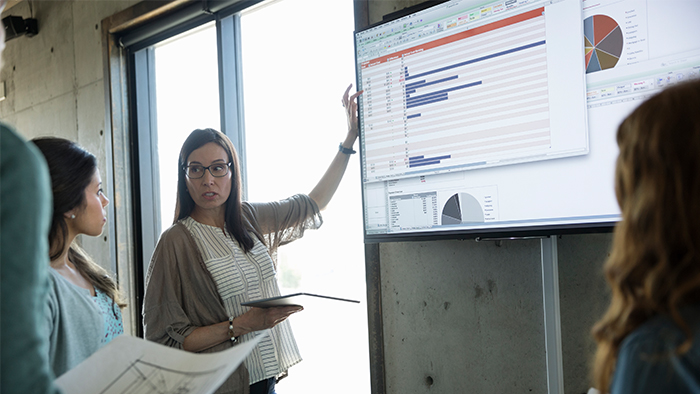Retail Compliance Leadership Model – 3: Compliance Operation
- By [ Tiffin Shewmake ]
- 03/27/2018
This is the third article on the dimensions of the Compliance Leadership Model (CLM). The previous two covered the elements that underpin an effective compliance program such as processes for understanding legal requirements, defining the scope of the program and getting support from top management. This article focuses on the compliance programs for specific regulatory areas or as you may think of it – where the rubber meets the road.
Today we are looking at the third dimension, Compliance Operations.

Operations are where compliance requirements are implemented and where non-compliance can occur. This is an area where companies can use analysis to reveal potential risks and find opportunities to reduce this risk and improve compliance performance. It is also where companies can move beyond compliance to improve environmental performance and show leadership in more sustainable operations.
The key to an optimal program is to match the dimension level with the company's operations, risks, goals and culture. The process of deciding which programs are best implemented at the Essential Level and when they should be at the Structured or even Proactive Level, helps companies identify risk and use their resources where they and the environment will get the most benefit and best results.
Sub-dimension 6 | Store and facility operations
Written Standard Operating Procedures (SOP) help companies maintain compliance, minimize risk, and promote consistency over different facilities and over time. All organizations should have some written SOPs to explain what needs to be done to stay in compliance. Across the program levels, SOPs become more comprehensive and detailed. SOPs at the Essential and Structured levels focus on compliance, while at the Optimized and Proactive levels, they are also used to prevent environmental harm and encourage more sustainable thinking.
Sub-dimensions 7-13 | Individual Compliance Programs
The next 7 sub-dimensions cover specific regulatory programs that apply in retailer. The program areas are:
| 7 - Waste Management | 11 - Air |
| 8 - Hazardous Materials Transportation | 12 - Emergency Planning |
| 9 - Storage Tanks | 13 - Product Compliance & Toxics |
|
10 - Water |
These program levels follow a progression related to how the company structures their program around areas such as corporate guidance, data and risk analysis, improving environmental performance and incorporating sustainability. At the Essential Level, facilities have the primary responsibility for identifying and complying with regulations, overseeing contractors and generally managing the program. For many retailers, this may be the optimum approach for some or all of their compliance programs. For example, a company with only a few facilities with drinking water wells probably does not need a comprehensive drinking water program across the entire company. Remember, this does not mean that top management in these companies is not involved or responsible, just that more of the program responsibilities are at the facility level.
Other companies may find that moving to the Structured Level makes sense, especially for areas such as waste management that applies to all facilities or for areas with higher risk such as tank management. At this level, the corporation provides guidance and training to all facilities. The focus is on compliance with regulations, and companies generally do not consider environmental impacts. Depending on the level of risk and complexity of the area, this may be the most appropriate approach.
Companies at the Optimized Level start to look at how to reduce regulatory risk and compliance obligations. They analyze data to identify activities or situations that may lead to non-compliance, to promote continuous improvement of performance, and, where possible, to reduce or eliminate obligations. Companies at this level also start considering environmental impacts. For example, a company may decide to replace or upgrade refrigeration beyond basic compliance requirements in order to achieve environmental benefits such as energy savings or less environmentally harmful refrigerants.
Companies at the Proactive Level are looking to go beyond compliance to get positive environmental and company benefits from their compliance programs. They may set ambitious goals for zero waste facilities, no stormwater runoff or programs to reduce the number of potentially harmful chemicals in their products. In some cases, these goals can reduce or even eliminate compliance obligations, while other goals may fulfill a corporate strategy of showing leadership in a particular area. Characteristics of this level include taking a proactive view of environmental performance, one that goes beyond compliance and looks along the entire value chain.
Next month we will look at Compliance Support Systems.



